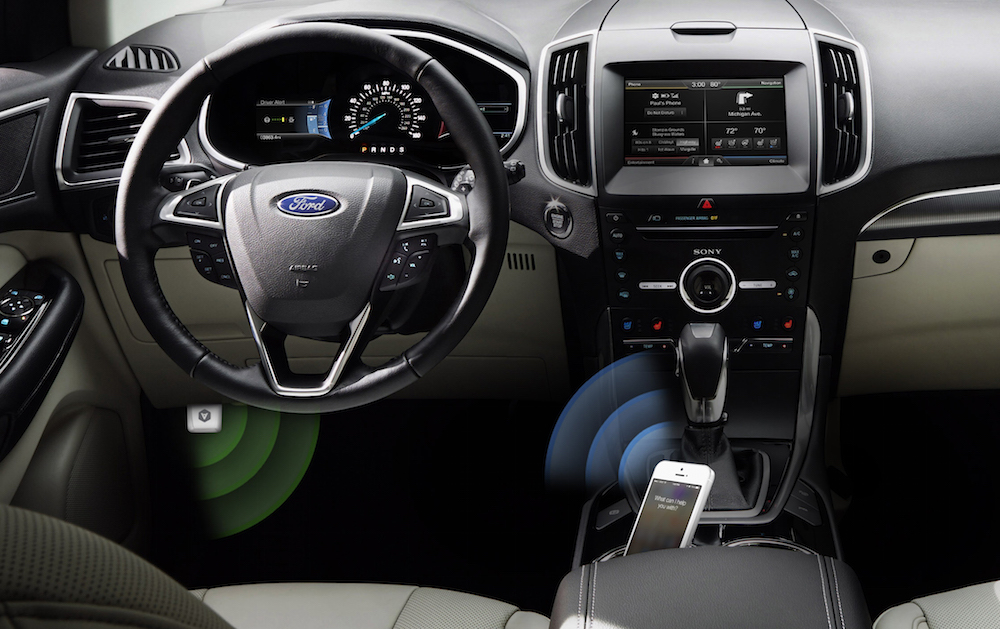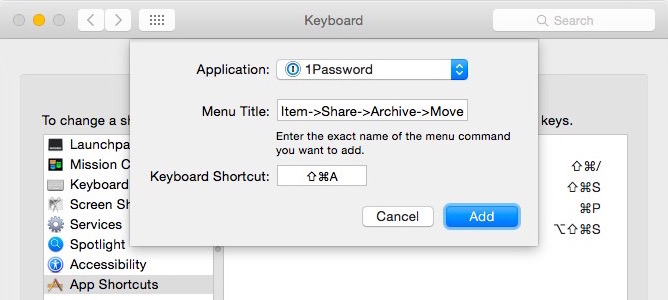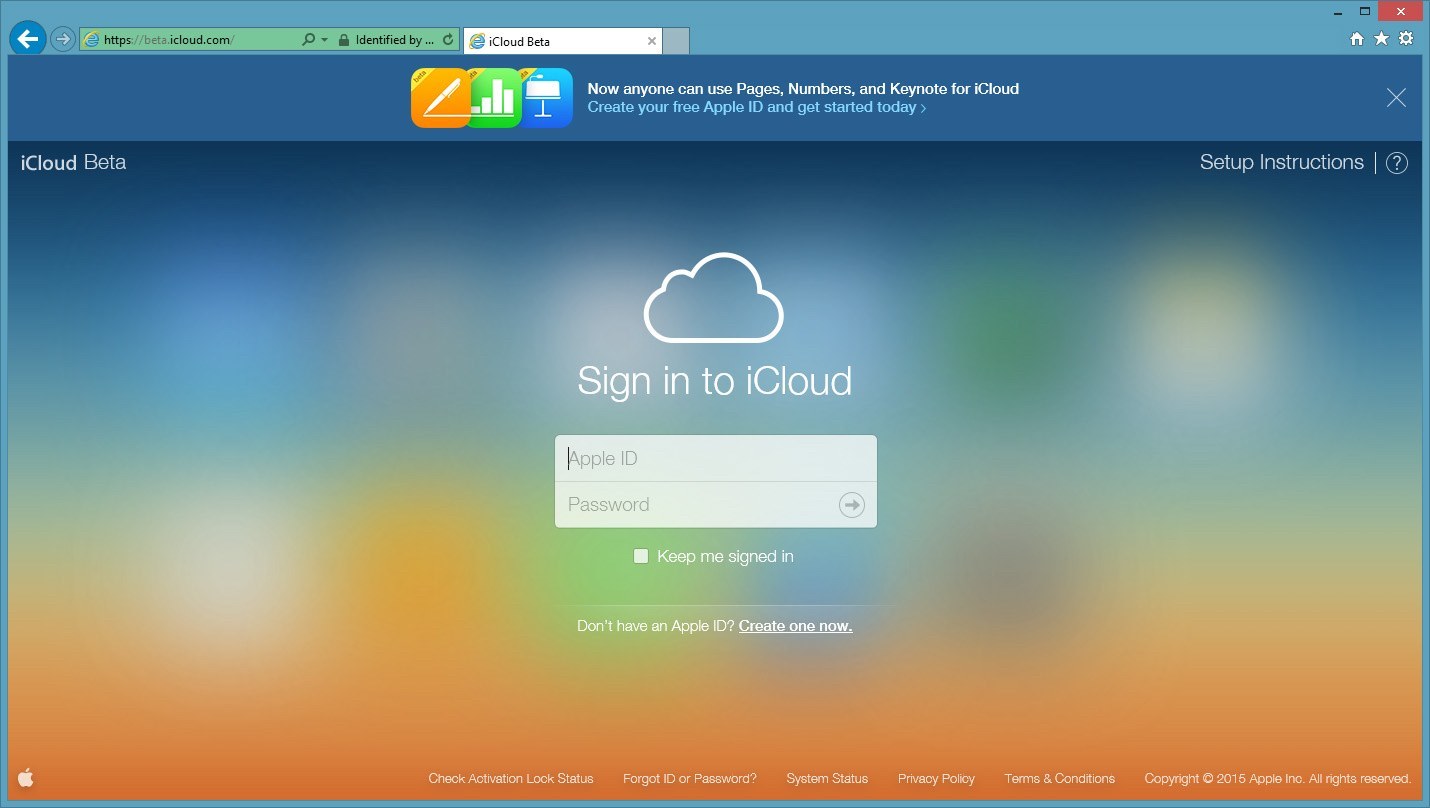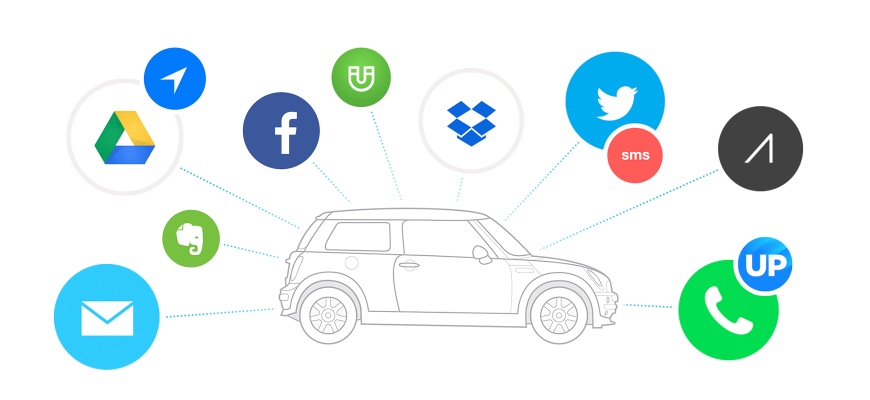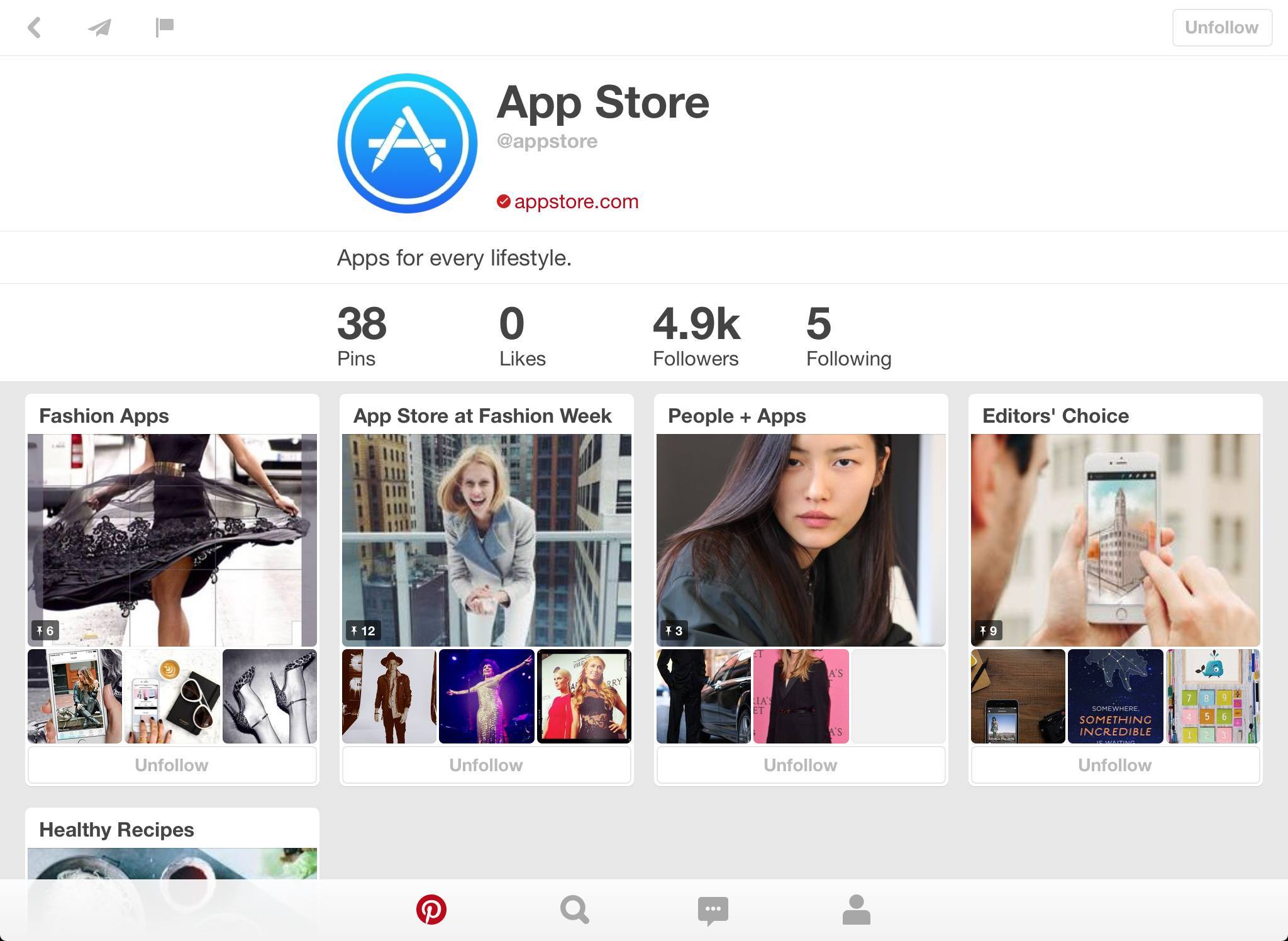Earlier today, The New Yorker published an extensive profile of Jony Ive. The in-depth article covers a wide range of topics, including Ive’s early life and career, thoughts on design, Apple Watch, relationship with Steve Jobs, and more.
It’s a must-read. Instead of pulling out relevant bits to reprint them here with fancy headlines, I’m going to use one paragraph about Ive’s sense of care and ask you to enjoy the full story over at The New Yorker.
We were in the fast lane of I-280, in squinting low sunshine. When I asked for examples of design carelessness, Ive cranked the conversation back to Apple. He has the discipline to avoid most indiscretions, but not always the facility to disguise the effort. “At the risk of sounding terribly sentimental, I do think one of the things that just compel us is that we have this sense that, in some way, by caring, we’re actually serving humanity,” he said. “People might think it’s a stupid belief, but it’s a goal—it’s a contribution that we can hope we can make, in some small way, to culture.”


